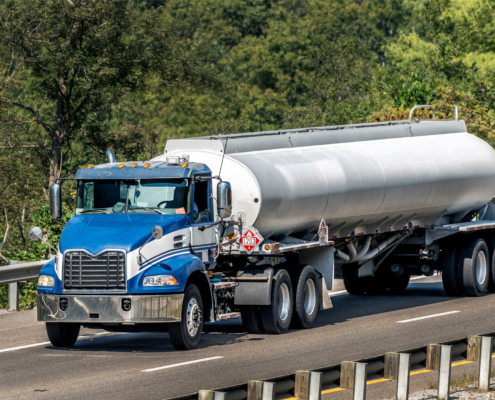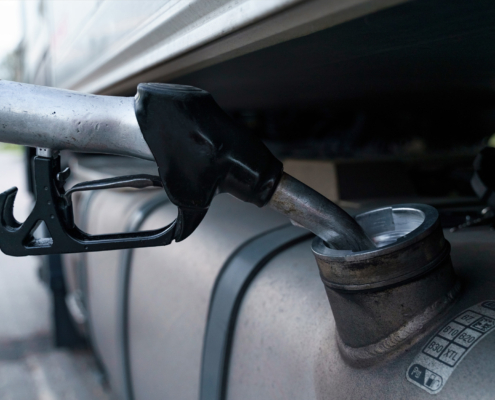 https://www.link2pump.com/wp-content/uploads/2023/12/Fuel-Fleet-Management-Best-Practices-.jpg
1250
2000
Abstrakt Marketing
/wp-content/uploads/2023/08/Logo-Colors.png
Abstrakt Marketing2023-12-15 10:24:152024-08-31 13:30:55Fuel Fleet Management Best Practices
https://www.link2pump.com/wp-content/uploads/2023/12/Fuel-Fleet-Management-Best-Practices-.jpg
1250
2000
Abstrakt Marketing
/wp-content/uploads/2023/08/Logo-Colors.png
Abstrakt Marketing2023-12-15 10:24:152024-08-31 13:30:55Fuel Fleet Management Best Practices https://www.link2pump.com/wp-content/uploads/2023/12/Fuel-Fleet-Management-Best-Practices-.jpg
1250
2000
Abstrakt Marketing
/wp-content/uploads/2023/08/Logo-Colors.png
Abstrakt Marketing2023-12-15 10:24:152024-08-31 13:30:55Fuel Fleet Management Best Practices
https://www.link2pump.com/wp-content/uploads/2023/12/Fuel-Fleet-Management-Best-Practices-.jpg
1250
2000
Abstrakt Marketing
/wp-content/uploads/2023/08/Logo-Colors.png
Abstrakt Marketing2023-12-15 10:24:152024-08-31 13:30:55Fuel Fleet Management Best Practices
What Are the Advantages of an Automated Fuel Management System?
Fleet ManagementLearn about the advantages of an automated fuel management system and the features it provides businesses.

Revolutionizing Transport and Logistics: Harnessing ChatGPT and AI
Fleet Management, SoftwareThe transportation and logistics industries are experiencing a significant transformation through ChatGPT and artificial intelligence (AI).

Heavy Fleet Sustainability: How Fuel Management Contributes to Environmental Goals
Fleet ManagementFuel waste is a major problem for heavy fleet operations, but with the help of advanced technology, companies can now address this issue directly.

From Mixers to Pumps: How Fuel Management Systems Improve Concrete Delivery
Fleet ManagementFuel management systems allow concrete delivery companies to track fuel consumption, route efficiency, and maintenance needs in real-time.

Success Stories: How Municipalities Are Benefiting from Advanced Fuel Management Systems
Fleet Management, NewsThe implementation of advanced fuel management systems is transforming municipal vehicle fleets, improving efficiency and sustainability.

Study reveals ongoing challenges facing fleet managers
Fleet ManagementAccording to a recent study by the J.J. Keller Center for Market Insights, fleet managers in the transportation industry face ongoing challenges.

How to Make Better Fleet Reports: 8 Ways to Make a Big Difference
Fleet ManagementWant to improve the effectiveness and engagement of your fleet management reports? Check out these 8 tips that can make a significant difference.

The Landscaping Industry: Where It’s Headed
Fleet ManagementAre you interested in the future of the landscaping industry? Well, we have some exciting insights to share with you!

Engine cooling: how to avoid overheating?
Fleet ManagementEngine overheating can result in expensive repairs or even engine failure. Learn how to avoid it with these essential tips.

Link2Pump offers fuel management systems that allow business to move from the clipboard to the cloud.
